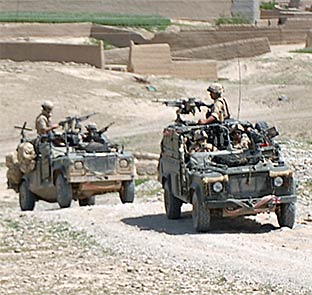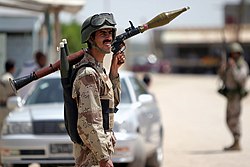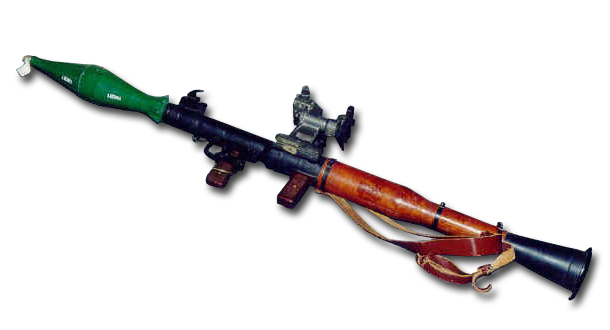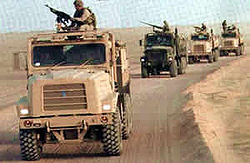Embraer Sets Record with 2008 Deliveries / Embraer Sets New Record By Delivering 204 Jets In 2008
(NSI News Source Info) SÃO JOSÉ DOS CAMPOS, Brazil - January 14, 2009: Embraer delivered 59 jets to the Commercial, Executive, and Defense and Government aviation segments during the fourth quarter of 2008 (4Q08), totaling 204 jets in the year. For the second consecutive year, the Company set a new aircraft delivery record, delivering 20% more airplanes than in 2007 (169 jets). The last quarter of 2008 was also marked by the delivery of the first two Phenom 100 executive jets.
The value of the firm order backlog came to US$ 20.9 billion, on December 31, 2008.
During 4Q08, Embraer delivered 44 E-Jets to Commercial Aviation, eight Legacy 600s, two Phenom 100s, and one EMBRAER 175 to Executive Aviation, and four jets to the Defense and Government segment:
Deliveries by Segment: 2008
-- Commercial Aviation: 162
ERJ 145: 6
EMBRAER 170: 9
EMBRAER 175: 55
EMBRAER 190: 78
EMBRAER 195: 14
--Executive Aviation: 36
Phenom 100: 2
Legacy 600: 33
EMBRAER 175: 1
--Defense and Government: 6
ERJ 135: 2 RJ 145: 1
Legacy 600: 3
TOTAL: 204
During the last quarter of 2008, Embraer increased the number of customers with firm orders for jets from the EMBRAER 170/190 family, with the sale of 11 E-Jets (six EMBRAER 170s and five EMBRAER 190s) to British Airways, from the United Kingdom. The Company delivered the first EMBRAER 190s to Holland’s KLM Cityhopper, and EMBRAER 195s to Azul Linhas Aéreas, which is the first Brazilian airline to operate an E-Jet. Regional - Compagnie Aérienne Européene, a wholly owned subsidiary of Air France, received the 500th E-Jet.

The new sales of the Phenom executive jets family increased the number of firm contracts to over 850 aircraft. The entry level Phenom 100 jet received the Type Certificate (TC) from Brazil’s National Civil Aviation Agency (Agência Nacional de Aviação Civil – ANAC) and from the U.S. Federal Aviation Administration (FAA). The first two units of the jet were delivered in December.
The ultra-large Lineage 1000 received, in the end of year, the Type Certificate from ANAC and from the European Aviation Safety Agency (EASA), and the Supplemental Type Certificate (STC) from the FAA.
In the Defense and Government segment, Embraer signed another important contract for the Super Tucano in Latin America with the Dominican Republic, besides the sale of one aircraft for transporting government officials in Asia to the Royal Thai Army. The Company signed a contract amendment with the Brazilian Air Force (Força Aérea Brasileira – FAB) for the A-1M program of AMX modernization, in December.
Embraer (Empresa Brasileira de Aeronáutica S.A.) is the world’s largest manufacturer of commercial jets up to 120 seats, and one of Brazil's leading exporters. Embraer's headquarters are located in São José dos Campos, São Paulo, and it has offices, industrial operations and customer service facilities in Brazil, the United States, France, Portugal, China and Singapore. Founded in 1969, the Company designs, develops, manufactures and sells aircraft for the Commercial Aviation, Executive Aviation, and Defense and Government segments. The Company also provides after sales support and services to customers worldwide. On December 31, 2008, Embraer had a workforce of 23,509 employees and a firm order backlog of US$ 20.9 billion.
 January 15, 2009: British Marine Commandos (all British marines are commandos) recently conducted an 18 day operation against the Taliban in southern Afghanistan.
January 15, 2009: British Marine Commandos (all British marines are commandos) recently conducted an 18 day operation against the Taliban in southern Afghanistan. January 15, 2009: British Marine Commandos (all British marines are commandos) recently conducted an 18 day operation against the Taliban in southern Afghanistan.
January 15, 2009: British Marine Commandos (all British marines are commandos) recently conducted an 18 day operation against the Taliban in southern Afghanistan.






























